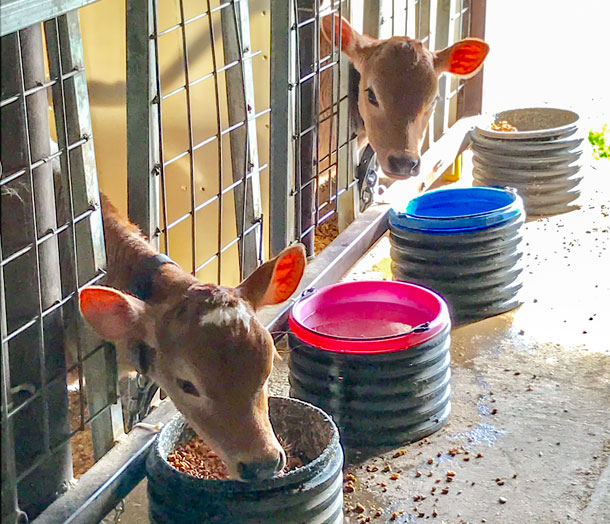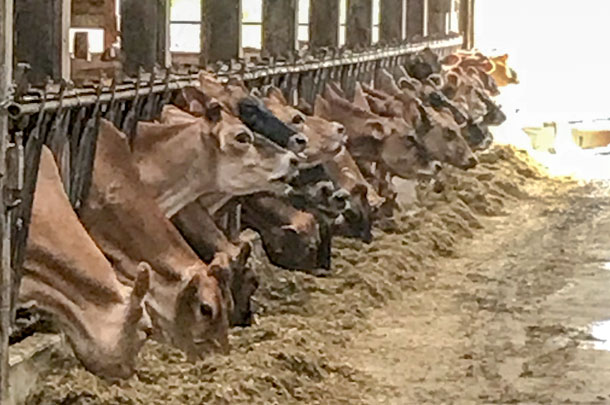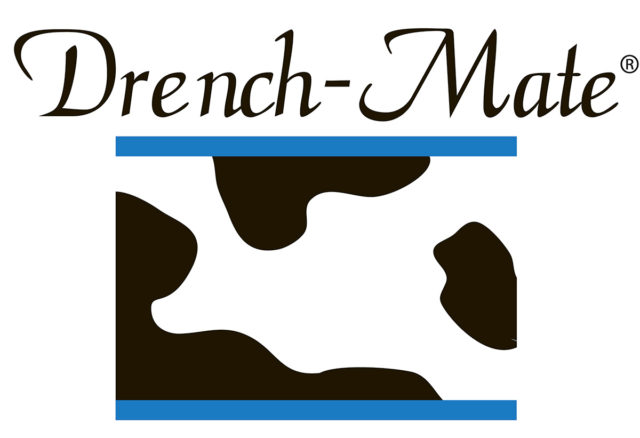When did weaning calves become a race? Except it’s not a race to see who can wean them quickest; it feels like we’re bragging as to who can leave them on milk longer. Lately, it feels like farmers are trying to raise bigger calves. But is bigger better? Shouldn’t we be striving for more productive, efficient calves?

Being a Jersey farmer, I’ve never carried a weight tape in my pocket or worried about a number when weaning my calves. My favorite calf raising benchmark isn’t an exact number. It says that each calf should gain at least twice its weight in the first 60 days of life. Instead of making you focus on an exact weight or height, it makes you focus on each individual calf. It’s our responsibility to raise healthy, strong, efficient replacements animals for our dairy herd. On our farm, it’s our goal to do so in an economically effective way. Basically, we’re trying to wean our calves as soon as possible without compromising their health or future productivity.

At 6 weeks old, we start watching their grain intake more closely. Once they’re eating close to 4 pounds of grain a day, if they’ve been strong and healthy, they’re ready to be weaned. Most of our calves get weaned around 7 weeks old, but the range starts at 6 and has gone as far as 9 weeks old. I’ve had farmers tell me that weaning calves at six weeks is way too soon, and my answer is always the same.

“The proof is in the pudding,” and in this case, the “pudding” is my milking 2-year-old group. Our Jersey herd has a rolling herd average of 19,504 pounds of milk. If you subscribe to the notion that your 2-year-old cows should be producing at least 80 percent of what your mature cows do, then at 16,000 pounds per cow, I’d say they’re doing just fine. In three months, I will dry off this year’s best 2-year-old at 22,645 pounds of milk. She was weaned at 6 and a half weeks old. ![]()
Jessica Peters is a dairy farmer in Meadville, Pennsylvania. Follow her farm on Facebook.
PHOTO 1: To decrease stress and, by extension, illness, calves are kept in the calf barn for up to a month after weaning. At every major change in their life, we try to keep something constant.
PHOTO 2: Due partially to facility restraints, calves are weaned in individual pens. It gives us a better idea of the exact grain intake of each individual calf.
PHOTO 3: Our 2-year-olds are housed separately from the mature cows in the milk barn. We haven’t seen a big change in production since we started weaning calves younger, though we have seen a reduction in the cost of our calf program. Photos by Jessica Peters.



